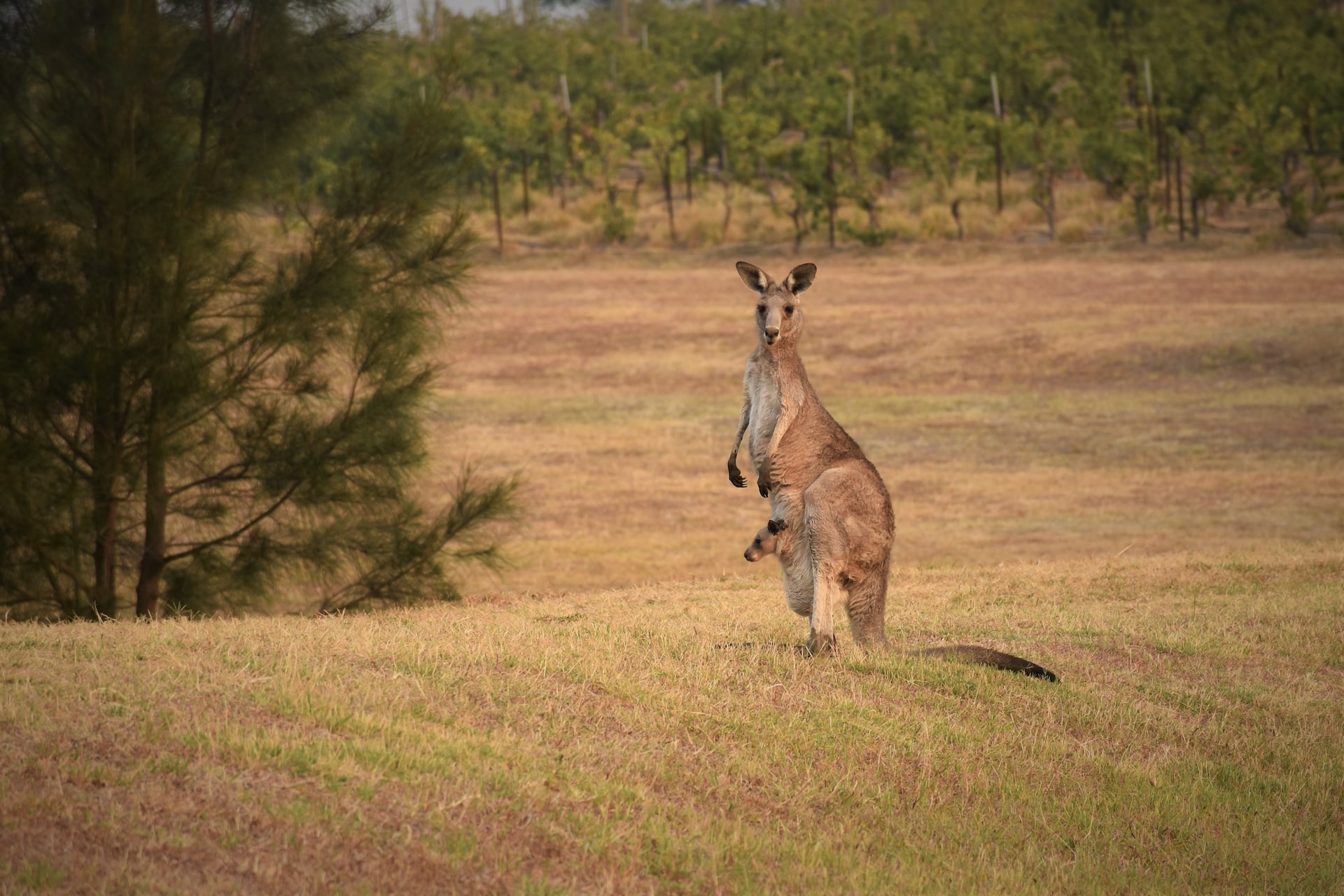The Powerful and Territorial Creatures: A Look at the Herbivorous and Iconic Kangaroo

Kangaroos are marsupial mammals that are native to Australia and surrounding islands. They are known for their distinctive appearance, including their powerful legs, long tails, and large, muscular hindquarters. There are four main species of kangaroo: the red kangaroo, the eastern grey kangaroo, the western grey kangaroo, and the antilopine kangaroo.
Physical characteristics
Kangaroos are large mammals that can weigh up to 200 pounds. They have a distinctive appearance, with powerful legs, long tails, and large, muscular hindquarters. Kangaroos are adapted to life in the Australian outback and have a thick, water-resistant coat of fur, which helps protect them from the sun and heat. They are also known for their powerful legs and can hop at speeds of up to 45 mph.
Behavior and ecology
Kangaroos are social animals and live in large groups called mobs, which can range in size from a few individuals to over 100. Mobs are led by a dominant male, who is responsible for the group’s decisions and welfare.
Kangaroos are herbivores and feed on a variety of plants, including grasses, leaves, and seeds. They are also known for their territorial behavior and will defend their territory against intruders.
Reproduction and social structure
Kangaroos have a complex social structure and mating system. Males are responsible for protecting and providing for the group, while females do the majority of the caring for the young.
Kangaroos mate throughout the year and females give birth to a single joey after a gestation period of around 30 days. Joey kangaroos are born in an undeveloped state and are carried in their mother’s pouch for the first few months of life.
Conservation and threats
Kangaroos are not currently considered endangered, but some populations are threatened by habitat loss, poaching, and conflicts with humans. They are protected by international law, and conservation efforts are underway to protect their remaining populations and help them recover.
Some of the threats facing kangaroos include habitat destruction due to logging, agriculture, and urbanization, as well as poaching for their meat, body parts, and skin. Kangaroos are also vulnerable to conflicts with humans, such as being hit by vehicles or being shot by farmers.
And, finally.
Kangaroos are fascinating and important animals that are an iconic part of the Australian landscape. However, they are also threatened and face significant challenges to their survival.
Conservation efforts are important to protect these animals and help ensure their future. It is also important for humans to coexist with kangaroos in a way that minimizes conflict and promotes the long-term survival of these animals.









